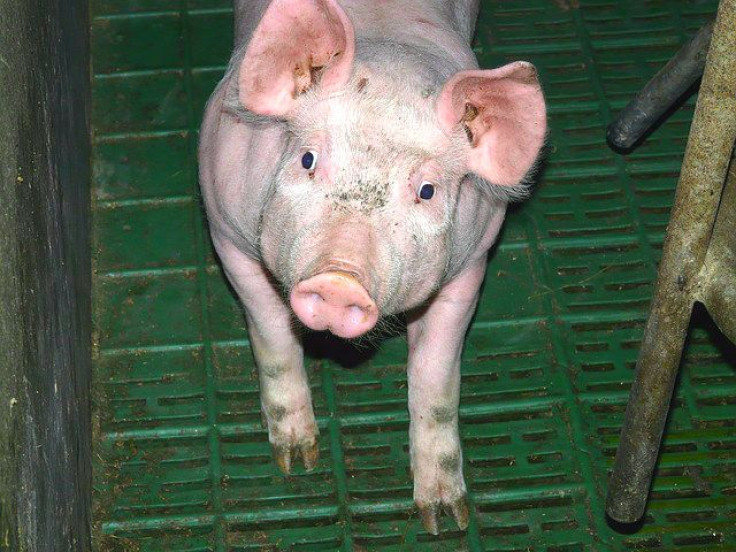Scientists Successfully Re-grow Human Muscles From Pig Parts

Scientists are implanting pieces of pig tissue in wounded soldiers to help regrow torn-out muscle in a new clinical trial.
According to a recent report from The New York Times, Sgt. Ron Strang gained the ability to run again after a roadside bomb in Afghanistan blew off parts of his left thigh.
"It was amazing," Strang told the Times. "Right off the bat I could do a full stride, I could bend my knee, kick it out a little bit, just enough to get that initial spring where gravity would take it the rest of the way."
Before the new treatment, Strang had undergone many rounds of conventional surgery that left him with the ability to move his left leg backward but not forward.
He told the times he walked awkwardly, fell frequently and had to give up running. However, now he is able to walk easily and run on a treadmill.
Researchers had implanted a biological structure called "extracellular matrix," harvested from a pig's bladder into Strang.
The extracellular matrix is the body's natural scaffolding that supports all tissues and organs in animals as well as in people. The natural scaffolding is produced by cells and while scientists have for many years thought that the structure's main role was to hold living cells in their proper position and provide a scaffolding for cells to grow on, recent discoveries reveal that this material also signals the body to grow and repair tissues and organs.
The clinical trial Strang is involved in will eventually test extracellular matrix in 80 patients who need new muscles in their arms or legs, according to The New York Times. The study is being conducted by surgeons at the University of Pittsburgh and funded by the U.S. Department of Defense's Office of Technology Transition and will include both civilian and soldier participants.
Stephen Badylak, a researcher involved with the study, told the Times that while the treatment will not completely restore muscle, it can, however, restore some lost muscle ability.



























